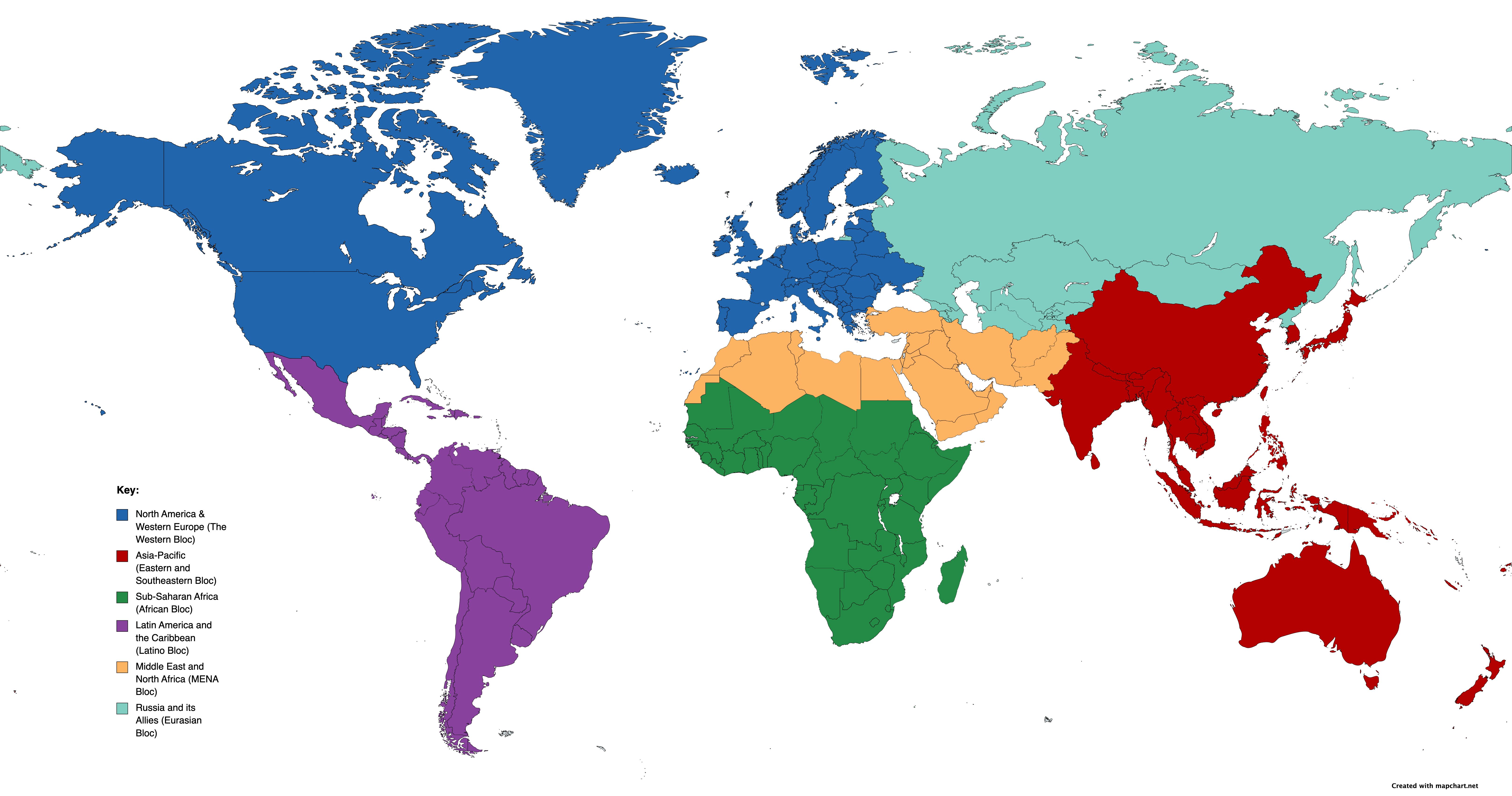Introduction
In the intricate ballet of economic systems, two dancers emerge as the most captivating: creative destruction and entrepreneurship. Their dance, though seemingly paradoxical, is a testament to the ever-evolving nature of economies and the inherent need for innovation and progress. As we stand at the crossroads of economic development, understanding the interplay between these two forces becomes paramount. This introduction seeks to shed light on the dynamic relationship between creative destruction and entrepreneurship and their collective role in shaping the economic tapestry.
The concept of creative destruction, though sounding ominous, is a natural and necessary phenomenon in the world of economics. It’s akin to a forest fire that, while destructive, paves the way for new growth. Similarly, in economic terms, it represents the phasing out of outdated industries and technologies, making room for the new. On the other hand, entrepreneurship embodies the spirit of innovation, the spark that ignites the flame of progress. Entrepreneurs are the visionaries who see beyond the present, identifying gaps, and crafting solutions that often redefine the very fabric of industries.
But why is it essential, as entrepreneurs to understand the relationship between these two? The answer lies in the cyclical nature of economic growth. Old industries, over time, may become complacent, inefficient, or simply irrelevant. This stagnation creates a vacuum, a space for disruption. Enter the entrepreneur, the agent of change, ready to introduce novel ideas, technologies, and business models. Their ventures, though fraught with risks, have the potential to revolutionize sectors and set new standards. As these ventures succeed, they contribute to economic expansion, job creation, and technological advancement. However, in time, even these revolutionary businesses can become the ‘old guard,’ and the cycle of creative destruction begins anew.
For nations and policymakers, this dance is not just an academic interest but a roadmap for sustainable economic development. It underscores the need for agility, adaptability, and a forward-looking vision. In a world that’s changing at an unprecedented pace, clinging to old models is not just detrimental; it’s fatal. Economies need to be in a state of flux, ready to adapt, evolve, and reinvent. This requires a conducive environment that fosters innovation, encourages risk-taking, and celebrates entrepreneurial spirit.
As we delve deeper into the nuances of creative destruction and entrepreneurship, we’ll explore their historical context, real-world implications, and the lessons they offer for future economic strategies. The dance of economic evolution is ongoing, and understanding its rhythm is key to ensuring that we’re not just spectators but active participants in shaping a prosperous future.
The Dynamic Duo
In the realm of economic development, two concepts stand out as driving forces behind innovation and progress: creative destruction and entrepreneurship. These two concepts, while seemingly at odds, are in fact deeply intertwined and play a pivotal role in fostering economic growth and transformation. Let’s delve into how these two forces work in tandem to shape the economic landscape.
What is Creative Destruction?
Coined by the Austrian economist Joseph Schumpeter in his work “Capitalism, Socialism, and Democracy” (1942), the term “creative destruction” refers to the process by which old industries and technologies are replaced by new ones. It’s the idea that, in order for an economy to grow and evolve, outdated businesses and practices must be dismantled to make way for innovative and efficient alternatives.
Reference: Schumpeter, J. A. (1942). Capitalism, Socialism, and Democracy. Harper & Brothers.
The Role of Entrepreneurship
Entrepreneurship, on the other hand, is the act of creating, developing, and scaling new businesses. Entrepreneurs are often at the forefront of innovation, identifying gaps in the market and introducing novel solutions. Their ventures, while risky, have the potential to introduce groundbreaking technologies and services that can redefine industries.
Reference: Drucker, P. (1985). Innovation and Entrepreneurship. Harper & Row.
The Symbiotic Relationship
So, how do creative destruction and entrepreneurship work together? The answer lies in the cycle of innovation:
- Destruction of the Old: As industries age, inefficiencies arise. Technologies become obsolete, and consumer demands shift. This creates vulnerabilities and opportunities for disruption.
- Birth of the New: Entrepreneurs, sensing these vulnerabilities, introduce innovative solutions. These new businesses challenge the status quo, often leveraging newer technologies and models.
- Economic Growth: As these new businesses thrive, they contribute to economic growth. They create jobs, increase productivity, and introduce new products and services that benefit consumers.
- Repeat: Over time, even these new businesses become susceptible to disruption, and the cycle continues.
Reference: Aghion, P., & Howitt, P. (1992). A Model of Growth Through Creative Destruction. Econometrica, 60(2), 323-351.
Implications for Economic Development
For policymakers and stakeholders, understanding the relationship between creative destruction and entrepreneurship is crucial. It underscores the importance of:
- Fostering a Culture of Innovation: Encouraging risk-taking, providing access to capital, and ensuring a regulatory environment that supports startups can catalyze entrepreneurial activity.
- Embracing Change: Rather than resisting change, economies should be agile and adaptive, recognizing that disruption is not just inevitable but beneficial in the long run.
- Investing in Education and Training: As industries evolve, the workforce needs to adapt. Investing in education ensures that workers have the skills needed to thrive in a constantly changing environment.
Reference: Romer, P. M. (1990). Endogenous Technological Change. Journal of Political Economy, 98(5), S71-S102.
The Academic Theories at Play
The interplay between creative destruction and entrepreneurship, as described in the text, can be connected to several academic theories and concepts from the fields of economics, business, and innovation studies. Here are some of the most relevant theories:
- Schumpeterian Growth Theory: This theory is rooted in the works of Joseph Schumpeter, who introduced the concept of “creative destruction.” Schumpeter posited that economic growth in capitalist systems is driven by innovations, which often render older technologies or products obsolete. Entrepreneurs play a central role in this process by introducing these innovations.
- Schumpeter, J. A. (1942). Capitalism, Socialism, and Democracy. Harper & Brothers.
- Resource-Based View (RBV) of the Firm: This theory suggests that firms possess certain unique resources and capabilities that give them a competitive advantage. Over time, as the external environment changes, some of these resources may become obsolete, necessitating innovation and entrepreneurial activity to maintain or regain a competitive edge.
- Barney, J. (1991). Firm Resources and Sustained Competitive Advantage. Journal of Management, 17(1), 99-120.
- Disruptive Innovation Theory: Introduced by Clayton Christensen, this theory explains how simpler, cheaper innovations can eventually overtake and disrupt established market leaders. This aligns with the idea of entrepreneurs identifying vulnerabilities in the market and introducing novel solutions.
- Christensen, C. M. (1997). The Innovator’s Dilemma: When New Technologies Cause Great Firms to Fail. Boston: Harvard Business School Press.
- Endogenous Growth Theory: Proposed by economists like Paul Romer and Robert Lucas, this theory emphasizes the internal factors of an economy, like technological innovation and human capital, as drivers of growth. It underscores the importance of entrepreneurship and innovation in long-term economic development.
- Romer, P. M. (1990). Endogenous Technological Change. Journal of Political Economy, 98(5), S71-S102.
- Lucas, R. E. (1988). On the Mechanics of Economic Development. Journal of Monetary Economics, 22(1), 3-42.
- Institutional Theory: This theory looks at how institutional environments (like regulations, norms, and cultural beliefs) influence organizational behavior. In the context of the text, it can be related to how conducive environments foster innovation and entrepreneurial activity.
- Scott, W. R. (2008). Institutions and Organizations: Ideas and Interests. Sage Publications.
- Network Theory: This theory emphasizes the importance of networks and connections in the diffusion of innovations. Entrepreneurs often leverage their networks to gain resources, knowledge, and market access, which can be crucial for the success of their innovative ventures.
- Granovetter, M. (1973). The Strength of Weak Ties. American Journal of Sociology, 78(6), 1360-1380.
- Theory of Entrepreneurial Opportunities: This theory suggests that opportunities for entrepreneurship arise from discrepancies between current and potential resource allocations. Entrepreneurs recognize and exploit these opportunities, leading to economic growth and transformation.
- Shane, S., & Venkataraman, S. (2000). The Promise of Entrepreneurship as a Field of Research. Academy of Management Review, 25(1), 217-226.
- Evolutionary Economics: Rooted in the works of economists like Richard Nelson and Sidney Winter, this theory views the economy as an evolving system. Firms and technologies undergo a process of variation, selection, and retention, similar to biological evolution. Creative destruction is a natural outcome of this process.
- Nelson, R. R., & Winter, S. G. (1982). An Evolutionary Theory of Economic Change. Belknap Press.
These theories, among others, provide a robust academic foundation for understanding the dynamic relationship between creative destruction and entrepreneurship and their collective impact on economic development.
Conclusion
Creative destruction and entrepreneurship are indeed good bedfellows within the ecosystem of economic development. Together, they drive innovation, foster growth, and ensure that economies remain dynamic and resilient in the face of change. Embracing these forces is key to building a prosperous and sustainable future. Over the next decade, the interplay between creative destruction and entrepreneurship is poised to reshape global industries. Key destructions include:
- Sustainability Drive: The urgency of climate change will propel green entrepreneurship, challenging industries reliant on non-renewable resources.
- Blockchain’s Disruption: Traditional centralized systems, especially in finance and supply chains, will face disruption from blockchain’s transparent and decentralized nature.
- Healthcare Evolution: The pandemic’s aftermath will accelerate health tech innovations, revolutionizing traditional healthcare models.
- AI’s Double-Edged Sword: While AI and automation will birth new industries, they may also diminish certain job sectors, necessitating innovative workforce solutions.
- Space’s New Frontier: The burgeoning space economy, led by companies like SpaceX, will introduce entrepreneurial opportunities in space tourism and exploration.
In conclusion, the coming decade up to the 2030s promises a whirlwind of change driven by creative destruction and entrepreneurial innovation. While challenges await, these shifts also herald opportunities for growth, adaptation, and global advancement. The future landscape will be shaped by those who embrace change and harness the power of innovation.





